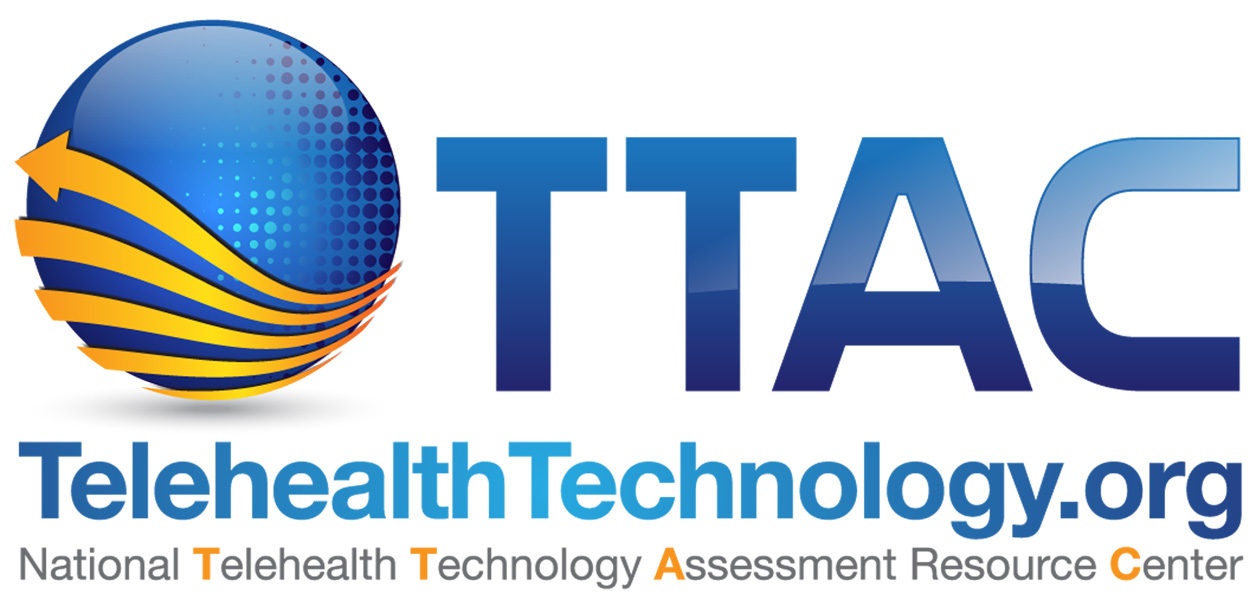Think Tank members listed in alphabetical order: Doris T. Barta, MHA Doris T. Barta is the Director of the National Telehealth Technology Assessment Center (TTAC), one of two National Telehealth Resource Centers. TTAC provides in-depth objective assessments of telehealth technology and publishes the results of those assessments, as well as other pertinent information regarding telehealth […]
Category: Toolkits
References
https://revcycleintelligence.com/news/aha-projects-323b-in-covid-19-hospital-financial-losses-in-2020 https://www.cms.gov/newsroom/press-releases/cms-releases-recommendations-adult-elective-surgeries-non-essential-medical-surgical-and-dental https://www.washingtonpost.com/graphics/2020/investigations/coronavirus-excess-deaths-heart/ https://www.phreesia.com/2020/03/05/infographic-the-high-cost-of-long-wait-times/ https://www.ama-assn.org/delivering-care/public-health/caring-our-caregivers-during-covid-19 https://www.beckershospitalreview.com/workforce/how-hospitals-can-boost-employee-morale-this-winter.html https://www.cdc.gov/coronavirus/2019-ncov/hcp/telehealth.html https://www.ncbi.nlm.nih.gov/pmc/articles/PMC7673903/ https://www.cdc.gov/coronavirus/2019-ncov/hcp/telehealth.html https://f.hubspotusercontent20.net/hubfs/2735326/VirtualWaitingRoom_eBook.pdf https://www.cambridge.org/core/journals/infection-control-and-hospital-epidemiology/article/containment-of-covid19-cases-among-healthcare-workers-the-role-of-surveillance-early-detection-and-outbreak-management/6DB0A70E0716648C1CDAF1D2B91AB688 https://www.epa.gov/coronavirus/ventilation-and-coronavirus-covid-19# https://www.cdc.gov/coronavirus/2019-ncov/hcp/alternative-care-sites.html https://www.cdc.gov/coronavirus/2019-ncov/hcp/telehealth.html https://www.washingtonpost.com/graphics/2020/investigations/coronavirus-excess-deaths-heart/ https://www.cdc.gov/coronavirus/2019-ncov/hcp/telehealth.html https://www.medscape.com/viewarticle/941767?src=ppc_google_rlsa-lapsed-traf_news-perspectives_md_us https://www.aamc.org/news-insights/interest-hospital-home-programs-explodes-during-covid-19 https://www.columbiapsychiatry.org/news/covid-19-and-need-action-mental-health https://psychiatry.uw.edu/clinical-care-consultation/covid-19-resources-for-mental-well-being/ https://info.healthspacesevent.com/blog/what-remote-work-means-for-the-future-of-healthcare-facilities https://www.cdc.gov/coronavirus/2019-ncov/community/tribal/non-ems-transportation.html https://mhealthintelligence.com/news/the-health-wagon-a-telehealth-resource-in-a-rural-wilderness https://www.angelflight.com/ https://www.institutmontaigne.org/en/blog/how-covid-19-unveiling-us-healthcare-weaknesses https://www.healthcaredive.com/news/medicare-seniors-telehealth-covid-coronavirus-cms-trump/578685/
1. Keeping Treatment Protocols Up-To-Date
A significant lesson learned from the current COVID-19 pandemic is that both complications of the disease and evolving treatments are being identified at a rapid pace and that these updated treatments have had a significant impact on outcomes, especially survivability. We found that this information is flowing in from a number of both credible and […]
2. Keep the Hospital Open
The financial impact of COVID-19 and the restrictions that have resulted are severe. Average US hospital revenues dropped 40% during 2020.[1] This has impacted all hospitals and healthcare systems. Especially critical are small rural hospitals who are now facing closure due to sharply reduced revenues. A key factor in cutting revenue was the directive to […]
3. Divert the Potentially Infected Before they Arrive
It is critical to protect staff, patients and the facility from infection exposure while still continuing operations and quality care delivery. The best way to do this is to divert potentially infected people before they arrive at the hospital or clinic. The CDC suggests that providers first evaluate patients with suspected cases of the virus […]
4. Replace/ Cover Infected Staff, Provide for Critical Care Staff Needs
Regardless of the procedures in place, some infection of staff must be expected and plans must be in place to mitigate the impact on staffing and care. There is a critical need to plan for shortages to occur as demand for specific specialties and for intensive care resources increase. Telemedicine offers advantages to reduce exposure […]
5. COVID Containment in the Hospital/Clinic
It is critical that COVID-19 infection in the care environment be contained to restrict the infection from spreading to patients and staff. A critical first step is to restrict the traffic in and out of the hospital and eliminate areas where patients and staff congregate. A key set of tools to achieve this is telemedicine […]
6. Provide Urgent Care, Ongoing Care and Follow-up Care
Consumers continue to need healthcare services during a pandemic and need access to providers that can answer their questions, diagnose, and provide guidance and treatment. This is a challenge as patients will resist coming to providers and providers want to avoid unnecessary exposure both for themselves (and family) as well as their patients[14]. Providers are […]
7. Provide Care at Home, Create the Ability to Rotate Patients out of the Hospital
“Provide care at home, create the ability to rotate patients out of the hospital to make room for monitoring more critical cases” The need for continuity of care remains during a pandemic and the need to provide this care is essential. As stated in 6 above, the COVID-19 pandemic experience is showing significant impacts of […]
8. Support remote work for staff
The best way to protect personnel from contagions in the hospital and prevent them from introducing infection into the hospital is to have staff work from home. The COVID-19 experience has demonstrated that most administrative and management tasks in healthcare and other industries can be, and are being, successfully completed from home (tele-commuting). Most of […]
